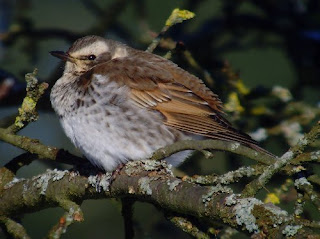This 'top choice' in the Lonely Planet for the Zakopane area was an easy sell to Karen - a 9km descent up and down a pine clad mountain, with a mountain lake view at the top. Thing is, it's also the best spot in Poland to watch Nutcrackers at close range: -
 |
| Nutcrackers at Morskie Oko, Poland 27th May 2013 |
 |
| Morskie Oko and its Nutcrackers |




















